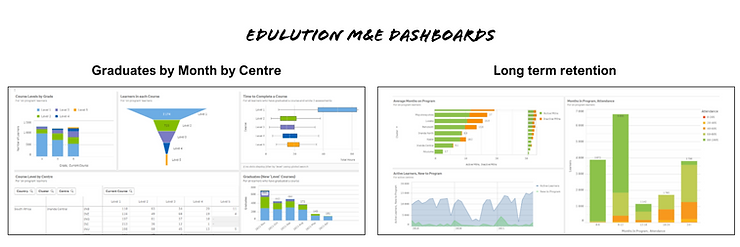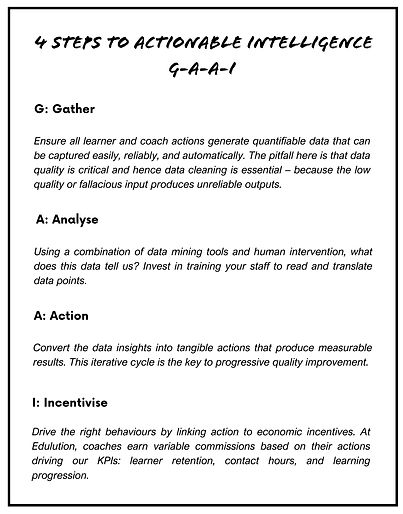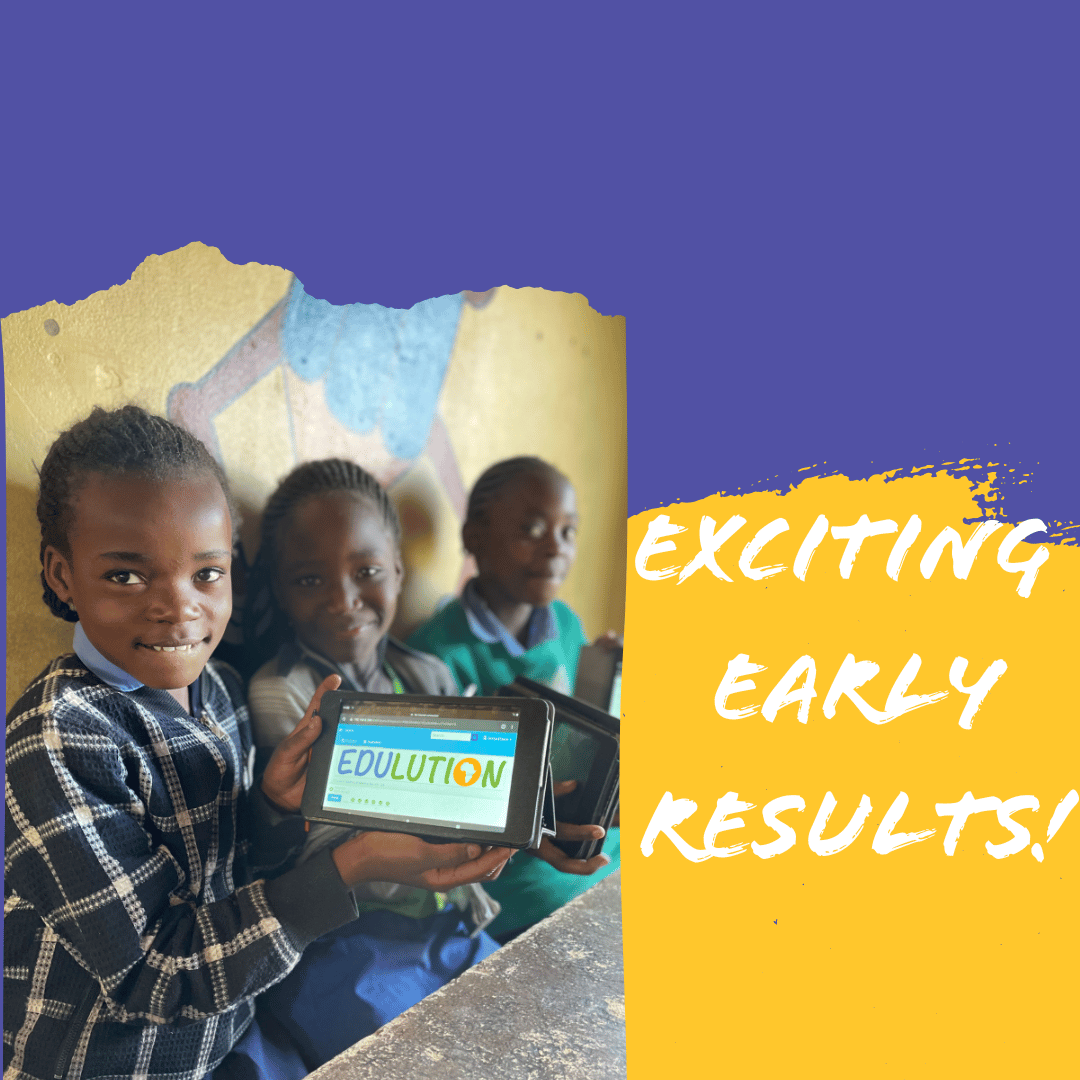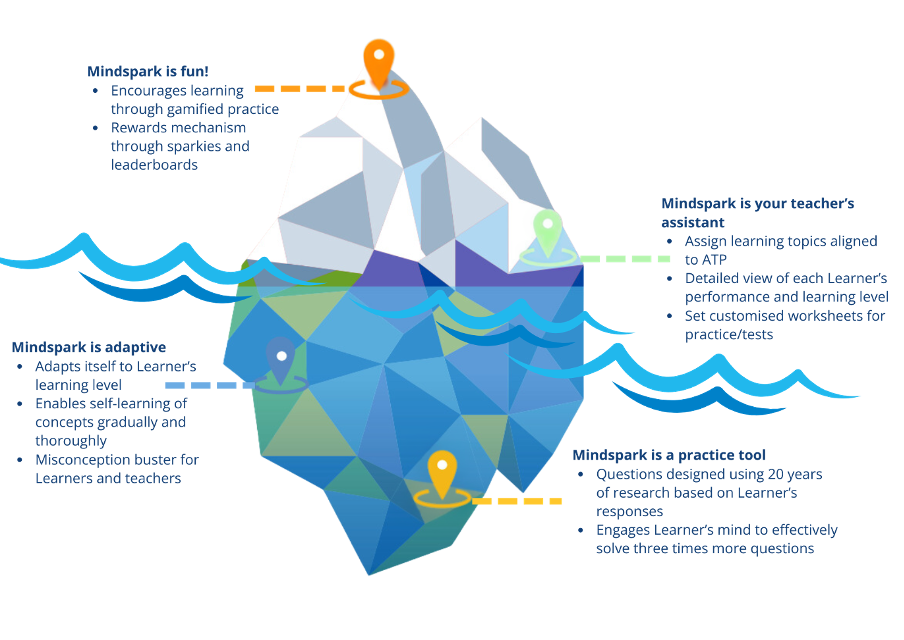Actionable intelligence: 4 Steps to boost your programme results

To distinguish between an effective, responsible organisation and one that means well but underperforms, ask this one question: how effectively do you collect, analyse and action your data? And what is your purpose in doing so?
Data clearly underpins any strong monitoring and evaluation (M&E) discipline. Tracking what you do, and the resulting impact, is essential in delivering value for your program, beneficiaries, and the funders that invest in it.
While good M&E work has become commonplace in recent years, a further dividing line that many organisations don’t step across is using their programme data to generate actionable intelligence.

During Edulution learning sessions, we have live analytics feeding from our daily maths classes with over 18,000 weekly participants, generating an enormous amount of data. Extracting these data into understandable patterns and translating them into actions is how we ensure our programme success.
Edulution has identified four stages of data discipline, each with its own promises and pitfalls. They all need attention if the organization intends to optimise data practices, thereby boosting results:

Data does not only have the potential to drive your results but can be positively utilized to strengthen other parts of your programme. For Edulution, it is also used to support the learner pedagogy and our stakeholder engagement.
Data is for everyone
Data is not only for our team: the learners get it too – right through their session! That’s quite a change from the conventional school system which follows a certain cycle: learners complete tests based on their learning, which generate report cards after months have passed, with broad recommendations and scores based on long-past performance. Imagine rather if that feedback was immediate, directly to the learner, and contained clear directions for corrective action?
The Edulution self-directed learning approach allows each learner to follow their own daily path, receiving constant input as to where they should focus, practice, or repeat, in order to progress. And when they do: the coaches are ready to recognize and reward them (hence linking action with incentives).
For our coaches, the data cycle works across multiple streams. They get in-session live data inputs via their coach dashboard and detailed twice-monthly learner reports based on the aggregated data of the learners in each session. This allows them to devise regular corrective actions driving those core KPIs – for example, by focusing on a cluster of learners whose progress has stalled; increasing affirmation for those close to graduating to a new level; or exploring and solving the reasons for low attendance in certain learners.
Funders get x-ray vision into their investment
Learners and coaches aren’t the only beneficiaries of good, actionable data. Our funders have full access to relevant dashboards and reports allowing them to track the velocity of the learners through the levels. This data generation also supports our outcome-funded model of billing. The learning activity, represented in learning hours delivered and the outcome achieved, is compiled according to an agreed formula into our invoicing so our funders pay for actual inputs and resulting outcomes.
There is data everywhere and good intentions are not enough to get the most out of it. The good news is that organisations don’t need expensive software or high-cost data analysts to have good data practices. What is vital is discipline in the 4 key areas: collect good quality data regularly; analyse it to extract the key themes; then action the results and link them to meaningful incentives. Together these elements create a virtuous cycle that ensures your mission translates into outcomes and maximum benefits for your target audience.
Subscribe to our newsletter
Get updates, impact stories, and insights delivered straight to your inbox.




